TECHNOLOGY OVERVIEW
Lux Labs develops advanced optical materials using cutting edge nanophotonics and polymer fabrication methods. Our technology portfolio includes several innovations that were born from research at MIT.
Transparent displays enabled by resonant nanoparticle scattering
The ability to display graphics and texts on a transparent screen can enable many useful applications. Here we create a transparent display by projecting monochromatic images onto a transparent medium embedded with nanoparticles that selectively scatter light at the projected wavelength. We describe the optimal design of such nanoparticles, and experimentally demonstrate this concept with a blue-color transparent display made of silver nanoparticles in a polymer matrix. This approach has attractive features including simplicity, wide viewing angle, scalability to large sizes and low cost.
Nanophotonic particle simulation and inverse design using artificial neural networks
We propose a method to use artificial neural networks to approximate light scattering by multilayer nanoparticles. We find that the network needs to be trained on only a small sampling of the data to approximate the simulation to high precision. Once the neural network is trained, it can simulate such optical processes orders of magnitude faster than conventional simulations. Furthermore, the trained neural network can be used to solve nanophotonic inverse design problems by using back propagation, where the gradient is analytical, not numerical.
Enabling Manufacturable Optical Broadband Angular-Range Selective Films
The ability to control the propagation direction of light has long been a scientific goal. However, the fabrication of large-scale optical angular-range selective films is still a challenge. This paper presents a polymer-enabled large-scale fabrication method for broadband angular-range selective films that perform over the entire visible spectrum. Our approach involves stacking together multiple one-dimensional photonic crystals with various engineered periodicities to enlarge the bandgap across a wide spectral range based on theoretical predictions. Experimental results demonstrate that our method can achieve broadband transparency at a range of incident angles centered around normal incidence and reflectivity at larger viewing angles, doing so at large scale and low cost.
Optical Broadband Angular Selectivity
Light selection based purely on the angle of propagation is a long-standing scientific challenge. In angularly selective systems, however, the transmission of light usually also depends on the light frequency. We tailored the overlap of the band gaps of multiple one-dimensional photonic crystals, each with a different periodicity, in such a way as to preserve the characteristic Brewster modes across a broadband spectrum. We provide theory as well as an experimental realization with an all–visible spectrum, p-polarized angularly selective material system. Our method enables transparency throughout the visible spectrum at one angle—the generalized Brewster angle—and reflection at every other viewing angle.
Polarization-Independent Optical Broadband Angular Selectivity
Generalizing broadband angular selectivity to both polarizations has been a scientific challenge for a long time. Previous demonstrations of the broadband angular selectivity work only for one polarization. In this paper, we propose a method that can achieve polarization-independent optical broadband angular selectivity. Our design is based on a material system consisting of alternating one-dimensionally anisotropic photonic crystal (1D PhC) stacks and half-wave plates. 1D PhC stacks have an angular photonic band gap for p-polarized light and half-wave plates can convert s-polarized light to p-polarized light. By introducing alternating 1D PhC stacks and half-wave plates, we predict that one can achieve a central transmission angle at normal incidence and an angularly selective range of less than 30° across the whole visible spectrum.






